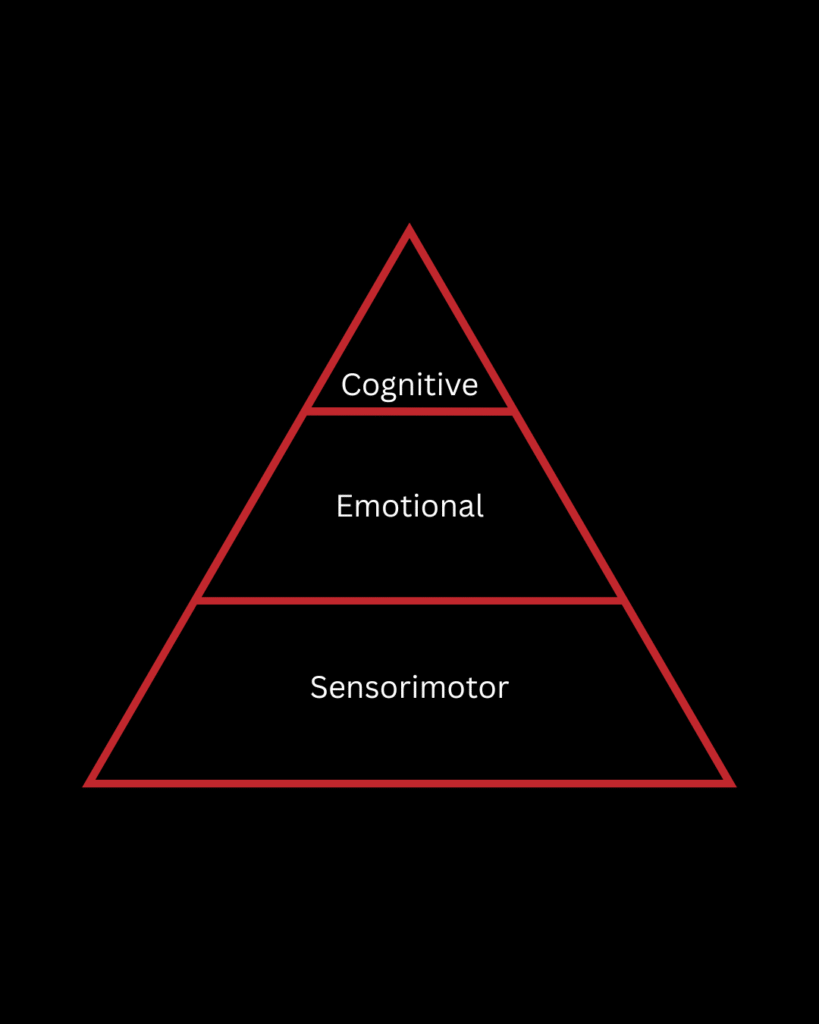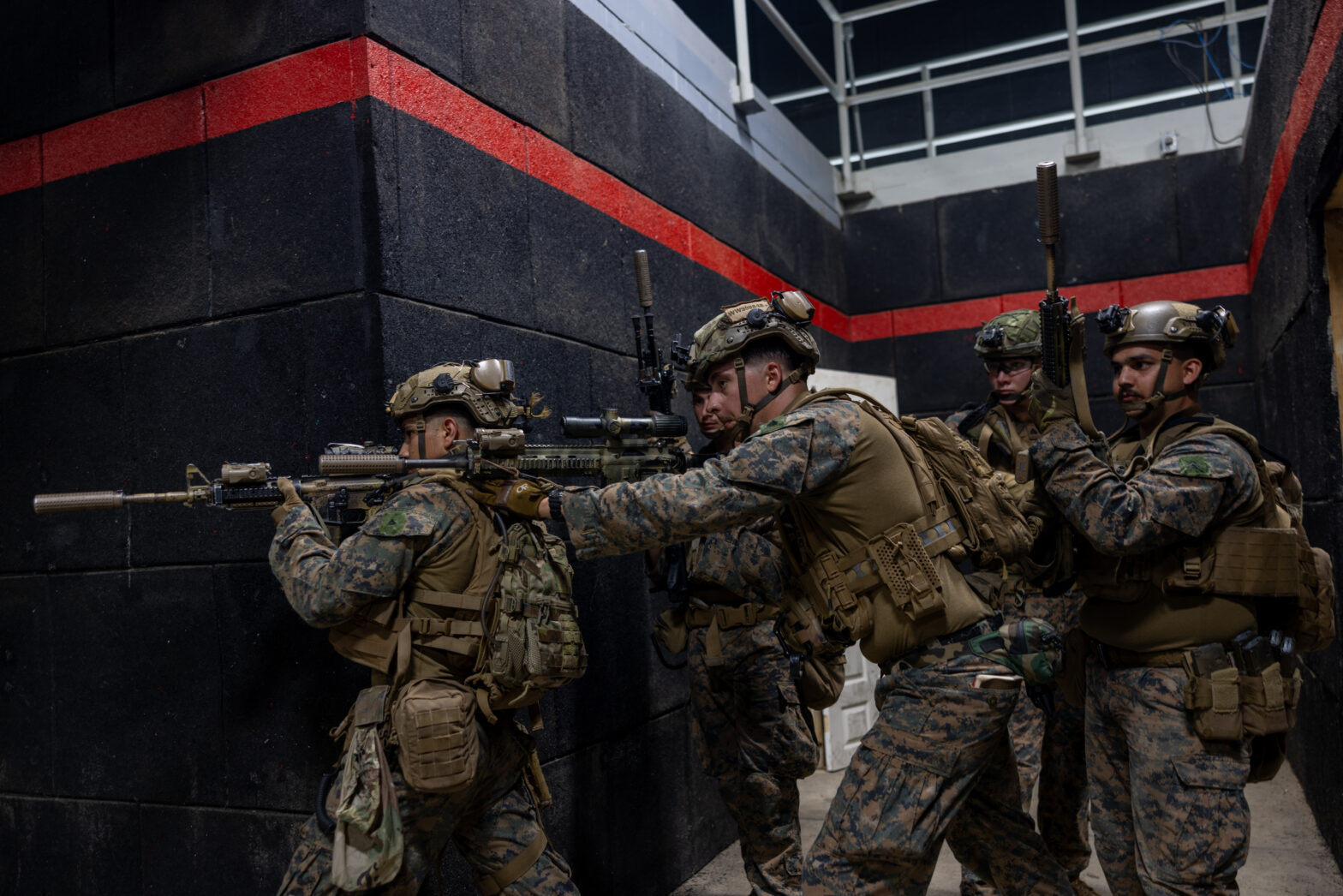The brain has many processing responsibilities, including emotional, sensorimotor, and cognitive functions.
While we often see each domain as separate, they are highly integrative, with most scenarios that tactical professionals face having components of all three.
I look at it in a simplified manner with this equation
Input -> Processing -> Output
Δ sensory input / Δ time = processing demand
Expanded further…
Δ (visual, vestibular, auditory, somatosensory) inputs / Δ time = (cognitive, emotional, sensorimotor) processing demand
We can increase the variables on the top of the equation to increase processing demands, as well as decrease the bottom variable – shortening the change in time the sensory information is presented for processing.
While this is an oversimplified equation, I want to highlight the integral relationship of emotional, cognitive, and sensorimotor processing.
Let’s break down the “go” of an initial entry with the scenario of an initial squeeze to indicate “go”.
Squeeze to the shoulder = somatosensory input
Cognitive: squeeze = “go”
Sensorimotor: squeeze = initiate “step-to” pattern keeping eyes up
Emotional: squeeze = focus/determination/etc. (whatever emotions “go” triggers in you)
That squeeze is one sensory input, imagine the amount of sensorimotor, cognitive, and emotional processing two minutes of CQB demands.
In my last post I wrote about building out sensorimotor pathways proactively, so that they have fast and efficient roadways to travel.
This is important for many reasons, but one is to train sensorimotor processing to such a high level it occurs in the background. This allows attention to be placed on cognitive and emotional processing.

